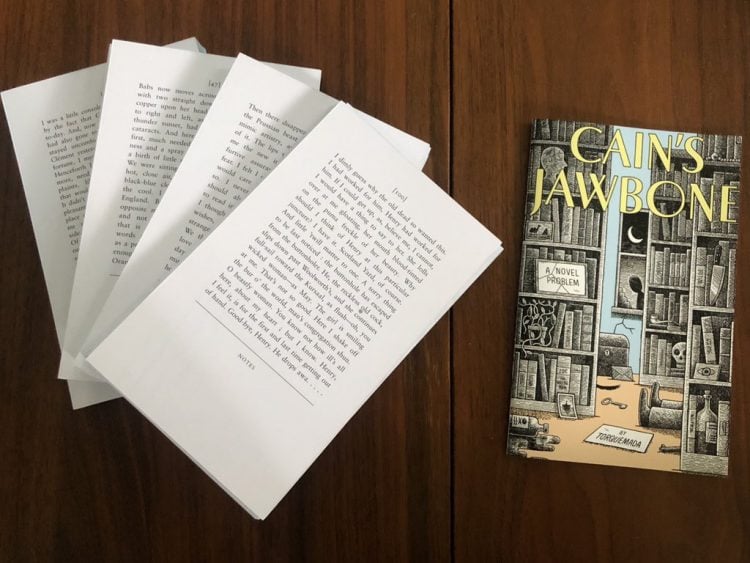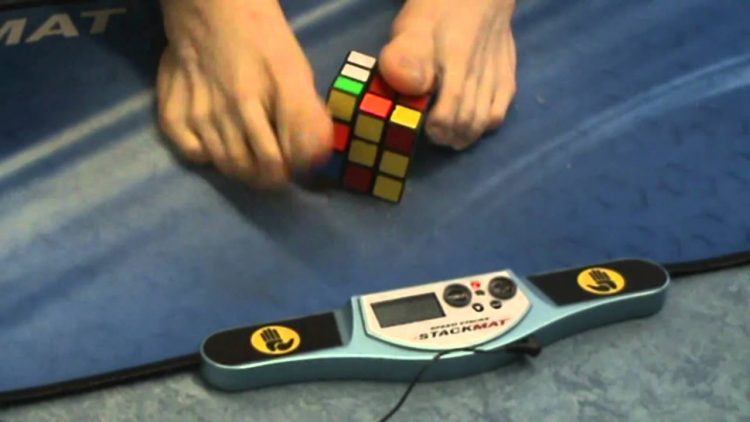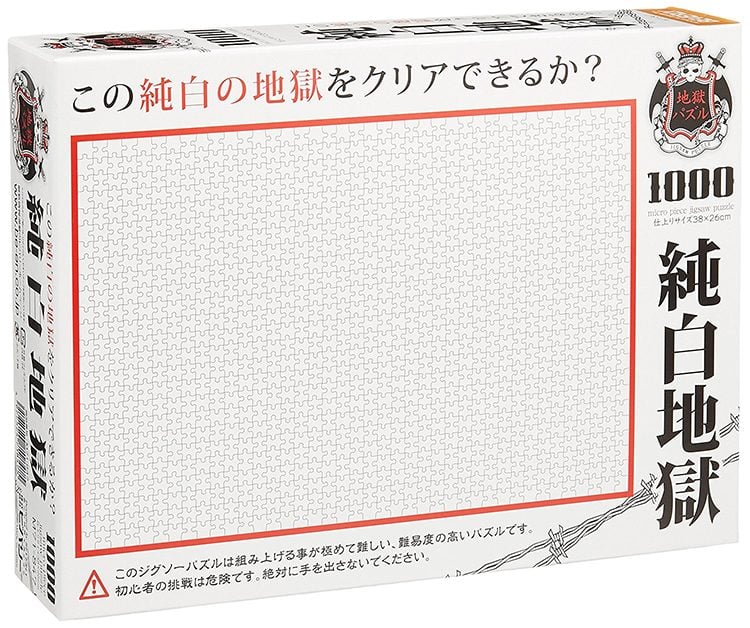British comedian John Finnemore put his time in quarantine to good use, becoming only the third person to solve “Cain’s Jawbone”, a super-tough literary puzzle, in its near 90-year history.
Created in 1934, by Edward Powys Mathers, a pioneer of advanced cryptic crosswords, Cain’s Jawbone is one of the most difficult puzzles ever created. It consists of 100 cards, each containing the page of a murder mystery novel, and challenges you to put the cards in the right order and figure out who kills who in the book. It might not sound so hard, but only two people have been able to solve it in the last 86 years. Well, until recently, when British comedian John Finnemore managed to do it, after working on it, on and off, for about four months.












